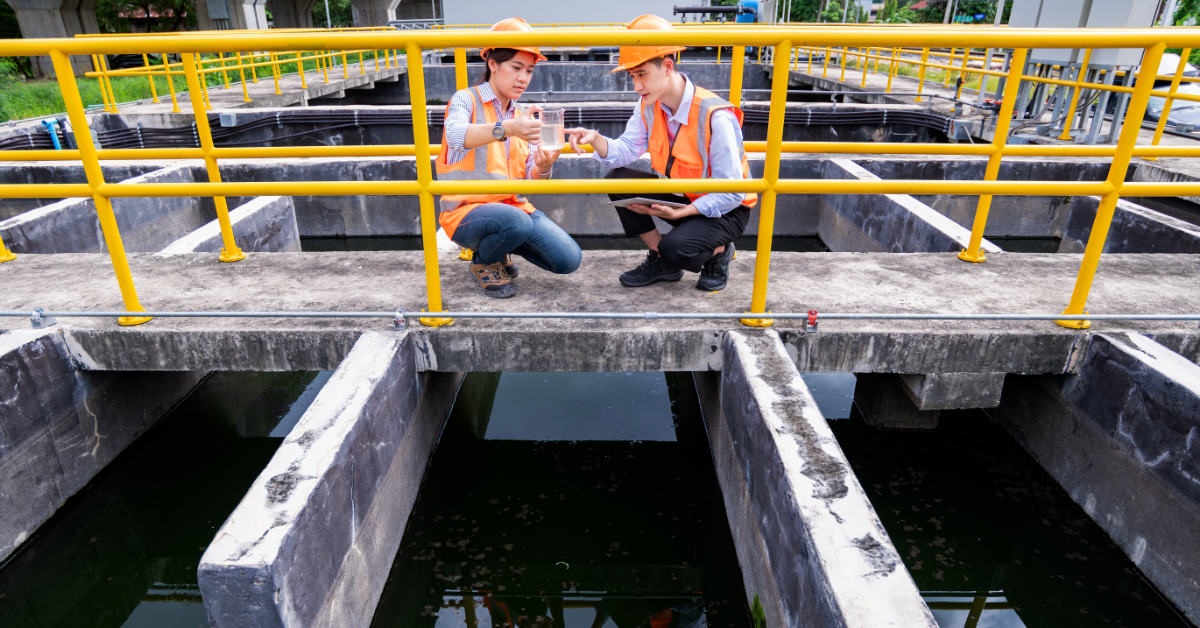Water scarcity is a growing problem and an issue of strategic importance for a system that wants to convert to a full sustainability project.
One of the main causes of this situation is determined by drought. But other factors are also linked to it, such as population pressure, agricultural and industrial development, and growing demand for food.
Dysfunctions in water networks, such as leaks and malfunctions, should also not be ignored.
A solution to water scarcity
Among the solutions being considered, the use of recycled wastewater appears to be one of the most compelling.
Through improved purification treatment processes, wastewater could become potable again, especially under small-scale projects.
In other words, implementing local water recycling systems could improve water and environmental security, while producing economic savings in parallel.
The teachings of nature
Water recycling qualifies as an environmentally friendly solution because it is inspired by natural processes. The soil filters the water, which is stripped of contaminants, through a series of chemical processes. This is referred to as phytodepuration. A technique that can be replicated in water treatment plants and filtration systems.
Several cities are moving away from centralized water systems that rely on water from a river and an aquifer to convert to this new technological solution.
U.S. leads the research
Water scarcity is making it necessary to experiment with distributed systems, that is, small-scale treatment plants that operate close to the source and the user.
A virtuous example of this solution comes from El Paso, Texas, where a state-of-the-art decentralized system is being worked on, thanks to $20 million in public funding.
In the United States, projects aimed at harvesting rainwater and wastewater from homes to help irrigate land or replenish aquifers are taking shape.
San Francisco, a city of nearly a million people, is a pioneer in extreme decentralization, as confirmed by initiatives developed for individual buildings.
Several solutions exist to combat water scarcity. Electrochemical, membrane-based processes, and microbial fuel cells can be exploited in wastewater recovery. The latter uses microbes in the water to perform the treatment and generate electricity at the same time.
Concerns remain about the possibility of obtaining potable water, although wastewater recycling for human consumption has recently been approved in California.
Water scarcity, exacerbated by the severe droughts that are affecting America’s western state, has necessitated an innovative approach, with stricter regulations to treat wastewater against all pathogens and viruses.
Will we soon witness the development of similar solutions in Europe?
Source: rinnovabili.it


